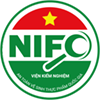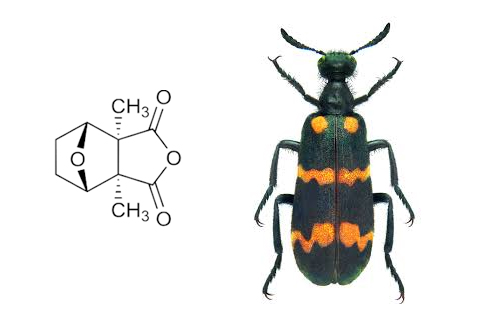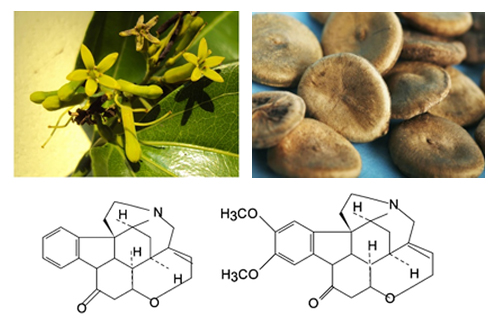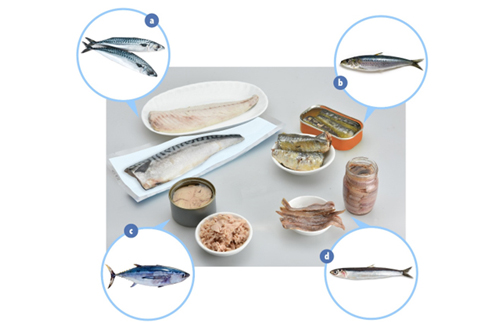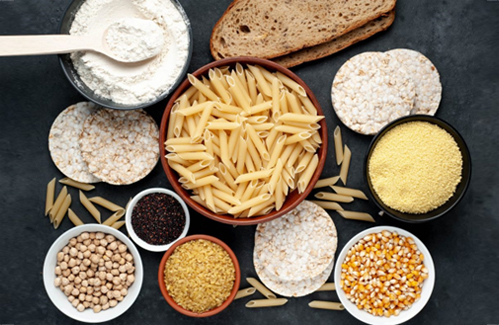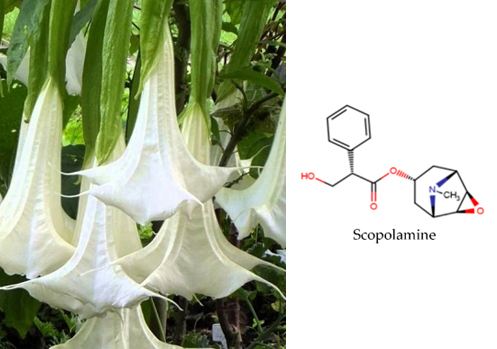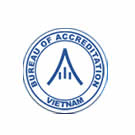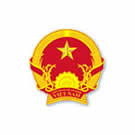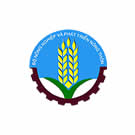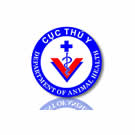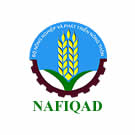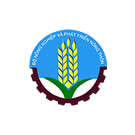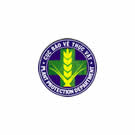- Folder Determine Cause of Poisoning
- Views 3100
- Last Updated 11/05/2023
The overuse of chemicals and antibiotics, especially prohibited substances in aquaculture, is rampant for the treatment and prevention of diseases, leading to the consequences of residues of these chemicals and antibiotics in the current aquatic products. are urgent issues that are concerned by regulatory agencies as well as consumers, because they affect consumer health and the environment.
1. What are aquaculture and prohibited substances in aquaculture?
The aquaculture industry in our country in recent years has become one of the important food production industries and the spearhead economic sector of Vietnam. The aquaculture industry is increasingly diversified with different types of farming, including: small-scale aquaculture, brackish water aquaculture, aquaculture using wild-caught seed sources, and aquaculture. aquatic products, aquaculture on the sea.
With the rapid increase in production, one of the major problems facing the fishery industry is the widespread and increasing use of veterinary drugs for disease prevention and control today. A number of veterinary drugs are used in aquaculture to treat bacterial diseases, infections, sterilization, and purification of pond water, including: Oxytetracycline, Doxycycline, Florfenicol, Benzalkonium chloride, Sulfadimidine, Trimethoprim...
In addition to veterinary drugs that are allowed to be used in aquaculture, there are also veterinary drugs that are banned. Prohibited substances in aquaculture are chemicals, antibiotics and biological products that are not allowed to be used in aquaculture. According to Circular 10/2016/BNNPTNN on the List of veterinary drugs allowed to be circulated and banned in Vietnam, announcing the HS code for imported veterinary drugs permitted for circulation in Vietnam and Circular 26/2018 /BNNPTNN Regulations on management of aquatic breeds, aqua feeds, and products for aquaculture environment treatment stipulate 30 chemical compounds, biological products and microorganisms banned in Vietnam aquaculture in Table 1.
Table 1. List of veterinary drugs banned in the production and trading of aquaculture
|
No. |
Name of probihited subtances |
No. |
Name of probihited subtances |
|
1 |
Aristolochia spp và các chế phẩm từ chúng |
16 |
Ipronidazole |
|
2 |
Chloramphenicol |
17 |
Green Malachite (Xanh Malachite) |
|
3 |
Chloroform |
18 |
Gentian Violet (Crystal violet) |
|
4 |
Chlorpromazine |
19 |
Glycopeptides |
|
5 |
Colchicine |
20 |
Nitrofuran (bao gồm cả Furazolidone) |
|
6 |
Clenbuterol |
21 |
Nhóm Fluoroquinolones |
|
7 |
Cypermethrin |
22 |
Metronidazole |
|
8 |
Ciprofloxacin |
23 |
Trichlorfon (Dipterex) |
|
9 |
Cysteamine |
24 |
Trifluralin |
|
10 |
Các Nitroimidazole khác |
25 |
Ronidazole |
|
11 |
Deltamethrin |
26 |
Vat Yellow 1 |
|
12 |
Diethylstilbestrol (DES) |
27 |
Vat Yellow 2 |
|
13 |
Dapsone |
28 |
Vat Yellow 3 |
|
14 |
Dimetridazole |
29 |
Vat Yellow 4 |
|
15 |
Enrofloxacin |
30 |
Auramine |
2. Harmful use of prohibited substances in aquaculture?
Using veterinary drugs in aquaculture helps to increase production efficiency, destroy pathogens, and reduce diseases when used in the right dose and in the right way. However, overuse of veterinary drugs in aquaculture can lead to their residues in aquatic products and the environment. Harm of some banned substances in aquaculture:
- For banned substances, which are antibiotics, the residue of banned antibiotics in aquaculture increases the risk of harmful bacteria being resistant to specific antibiotics, which reduces the effectiveness of antibiotics. in the treatment of human diseases. In addition, these substances remain in the environment, polluting water sources and contaminating natural seafood sources.
- Group of color compounds Vat yellow, Gentian violet, Auramine: these are chemicals used in dyeing some paper and paper. When poisoned, these substances cause symptoms such as vomiting, diarrhea, liver and kidney damage. Malachite green and its metabolite Leucomalachite green cause liver damage, alter thyroid function, anemia, and have the potential to cause cancer in humans.
3. Actual situation of detecting banned substances in aquaculture
According to the Ministry of Agriculture and Rural Development, in 2014, at least 29 shipments of farmed seafood from Vietnam were warned that the oxytetracycline norm exceeded the allowable limit in the EU and Japan, and 18 lots were warned of contamination. Nitrofurazone is banned in the EU. According to a report of the Agro-Forestry-Fisheries Quality Assurance Department (Nafiquad) - Ministry of Agriculture and Rural Development, in 2020, Nafiquad analyzed 1313 samples of farmed shrimp but did not detect any residues of prohibited chemicals or antibiotics. In 2021, Nafiquad sampled 1768 farmed shrimp samples, and discovered 13 shrimp samples containing banned substances including Chloramphenicol, Ciprofloxacin, Enrofloxacin, and SEM.
In the year 2021-2022, the National Institute for Food Control analyzed and detected a number of veterinary drugs in aquatic products including Enrofloxacin, Ciprofloxacin, Sulfonamides, Malachite green, Leucomalachite green, Nitrofurans... Some banned substances Malachite green, Leucomalachite green, Nitrofurans metabolites are detected excess residues in fish and crabs.
4. Measures to control the use of banned substances in aquaculture
Management agencies need to strengthen inspection, inspection and handling of cases of violations of the law on circulation, distribution and use of banned substances in aquatic product production and trading; strengthen propaganda and raise people's awareness about the harmful effects of using banned substances in livestock; conduct research and replicate high-tech aquaculture models to ensure food safety.
The authorities need to strengthen sampling control of aquatic products to check for groups of banned substances in aquaculture, especially in areas with developed aquaculture scale. Farming units need to actively control residues of banned substances in farming areas, from raw materials, environment to output products.
5. Controlling banned substances in aquaculture at the National Institute for Food Control
The National Institute for Food Control is one of the leading laboratories for testing veterinary drugs in food in general and aquatic products in particular. The Institute has been designated by the Department of Agriculture, Forestry and Fisheries - Ministry of Agriculture and Rural Development as a Laboratory for State Management. The indicated criteria include veterinary drug groups: phenicols, tetracyclines, malachite green and leucomalachite green, quinolones, sulfonamides... Test methods are determined by modern equipments, low detection limit, lower the maximum residue limited of veterinary drugs in aquatic products.
The list of capacity to test veterinary drugs in aquaculture includes:
- Phenicols: Cloramphenicol, Florphenicol,…
- Tetracyclines: Tetracycline, Clotetracycline, Oxytetracycline,…
- Nitrofurans và các chất chuyển hóa của chúng : Furazolidone, AOZ, AMOZ, AHD, SEM …
- Quinolones và fluoroquinolones: enrofloxacin, ciprofloxacin, danofloxacin, sarafloxacin, difloxacin, norfloxacin, ofloxacin…
- Sulfonamides: Sulfapyridine, Sulfamerazine, Sulfamethoxazole, Sulfameter, Sulfamethoxypyridazine, Sulfadimidine, Sulfisoxazole, Sulfadimethoxine, Sulfachloropyridazine, Sulfamonomethoxine…
- Prohibited coloring products and their metabolites: Malachite green, Leucomalachite green, Crystal violet và Leuco crystal violet, Vat yellow, Auramin O,…
- Macrolides: Azithromycin, Erythromycin, Roxithromyxin, Spiramycin,…
- Hormones: Dietylstilbestrol, Progesterol,…
- Beta agonists: Salbutamol, Clenbuterol,…
The National Institute for Food Control is equipped with modern equipments including liquid chromatography mass spectrometry (LC-MS/MS) and liquid chromatography high-resolution mass spectrometry (LC-HR/MS) to qualify and quantify veterinary drugs in aquaculture.
References
1. Circular 10/2016/BNNPTNN, List of veterinary drugs permitted for circulation and banned in Vietnam, announcing HS codes for imported veterinary drugs permitted for circulation in Vietnam
2. Circular 26/2018/BNNPTNN, Regulations on management of aquatic breeds, aqua feed, products for environmental treatment of aquaculture.
